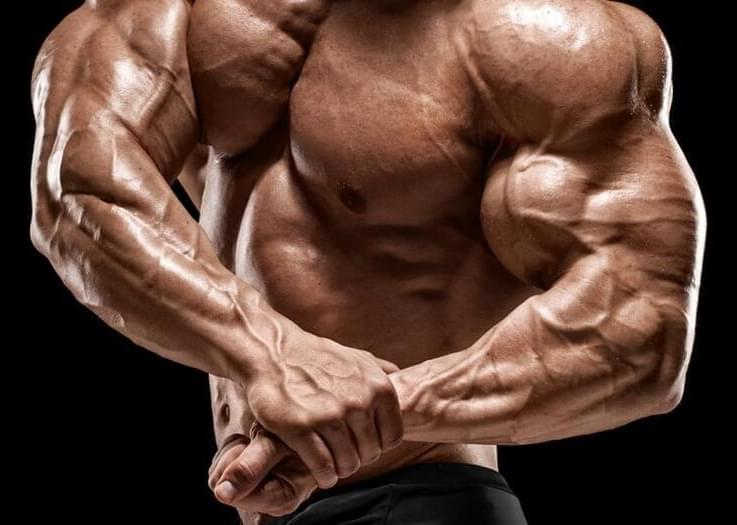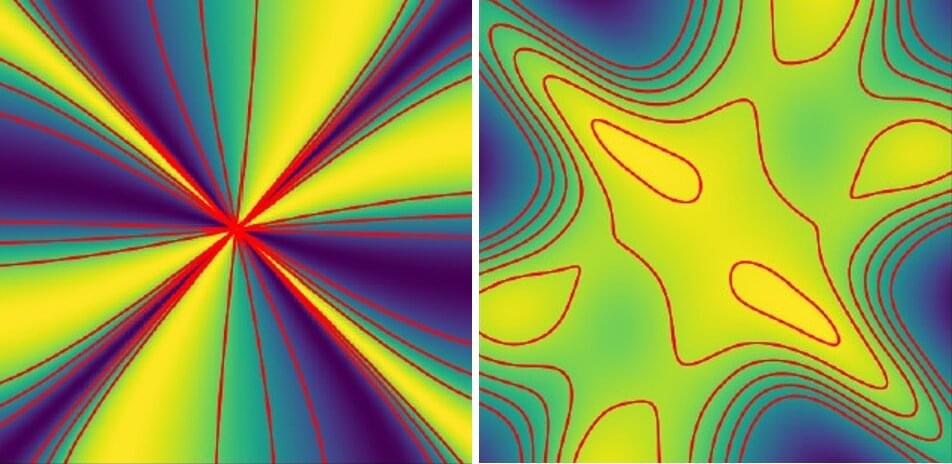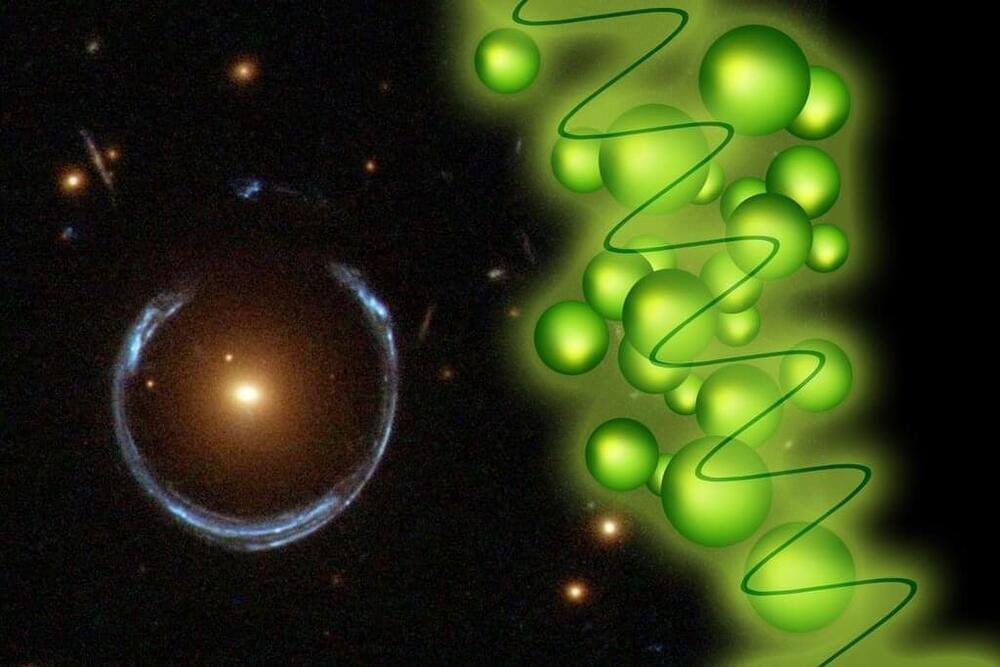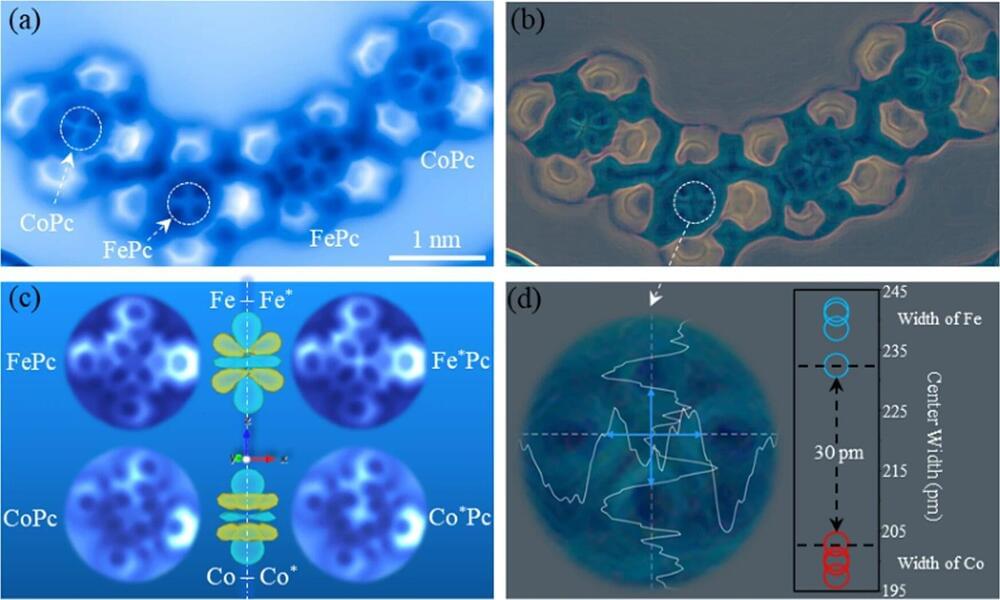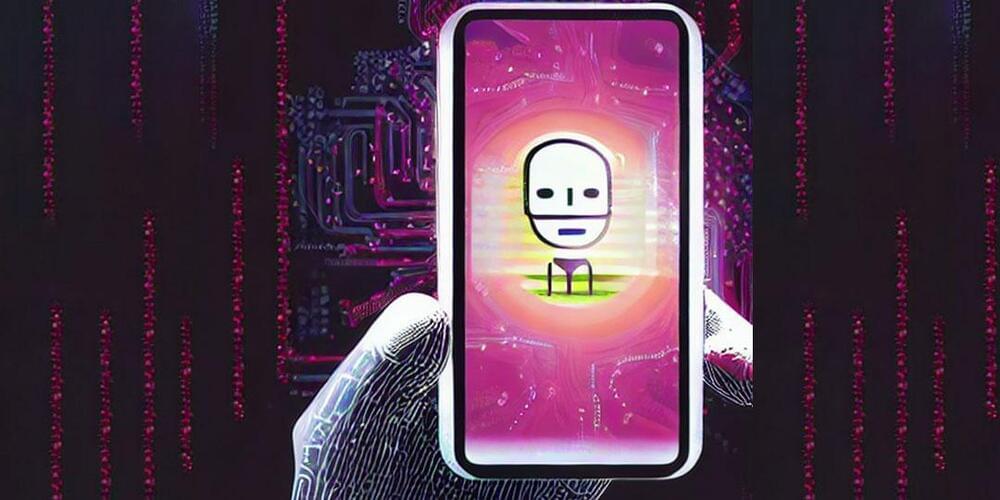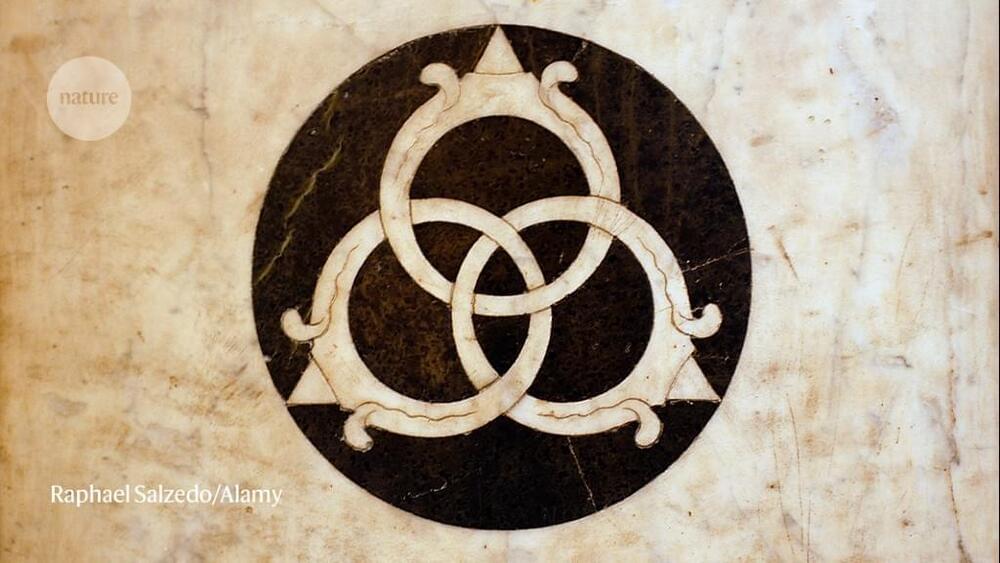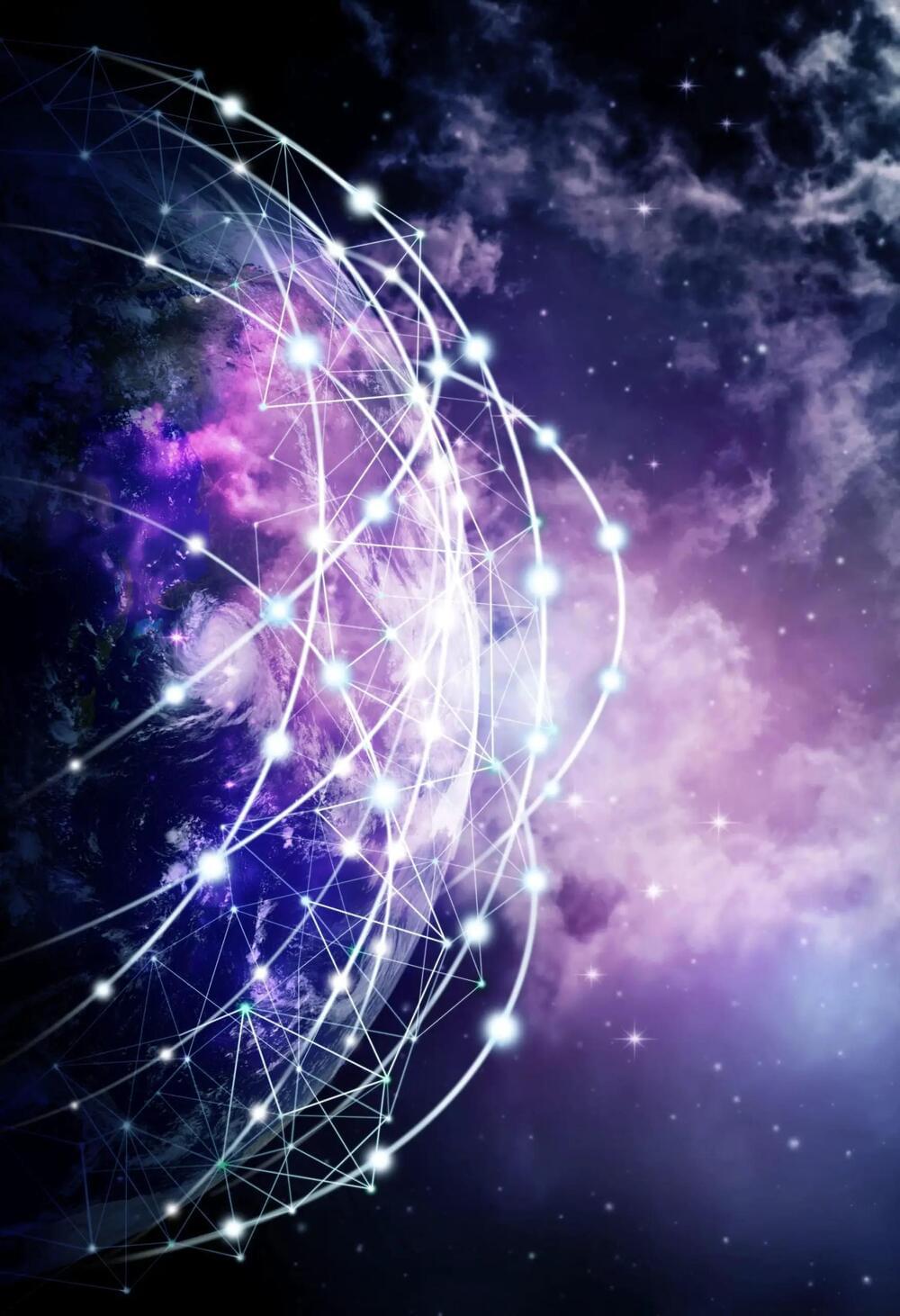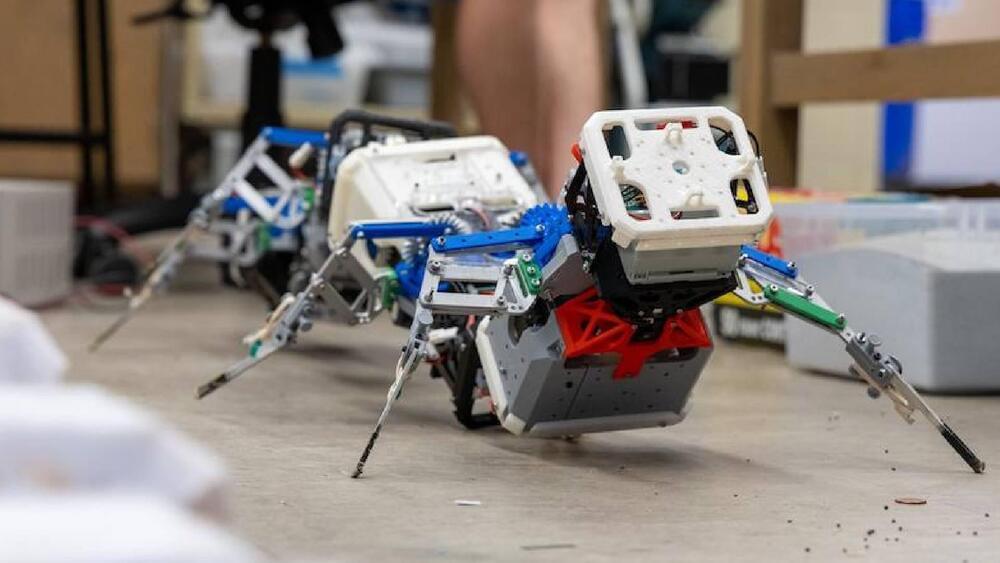Archive for the ‘mathematics’ category: Page 52
May 27, 2023
Fractons as information storage: Not yet tangible, but close
Posted by Saúl Morales Rodriguéz in categories: energy, mathematics, quantum physics
Excitations in solids can also be represented mathematically as quasiparticles; for example, lattice vibrations that increase with temperature can be well described as phonons. Mathematically, also quasiparticles can be described that have never been observed in a material before. If such “theoretical” quasiparticles have interesting talents, then it is worth taking a closer look. Take fractons, for example.
Fractons are fractions of spin excitations and are not allowed to possess kinetic energy. As a consequence, they are completely stationary and immobile. This makes fractons new candidates for perfectly secure information storage. Especially since they can be moved under special conditions, namely piggyback on another quasiparticle.
“Fractons have emerged from a mathematical extension of quantum electrodynamics, in which electric fields are treated not as vectors but as tensors—completely detached from real materials,” explains Prof. Dr. Johannes Reuther, theoretical physicist at the Freie Universität Berlin and at HZB.
May 22, 2023
Hello, Computer — Sabine Hossenfelder — A.I. going mainstream
Posted by Ken Otwell in categories: cosmology, mathematics, media & arts, particle physics, quantum physics, robotics/AI
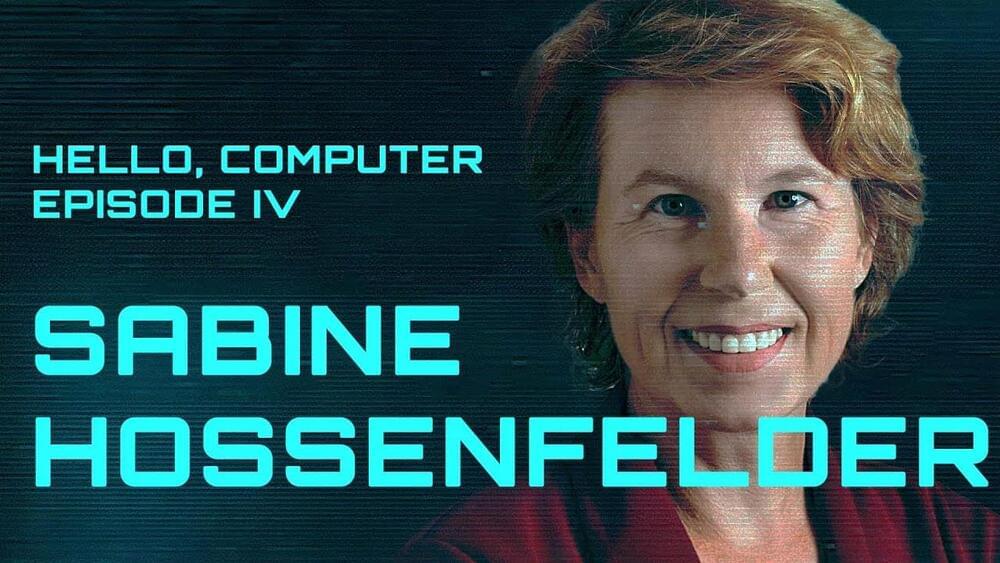
Perspective from a very-educated layman. Er, laywoman.
This is Hello, Computer, a series of interviews carried out in 2023 at a time when artificial intelligence appears to be going everywhere, all at once.
Continue reading “Hello, Computer — Sabine Hossenfelder — A.I. going mainstream” »
May 20, 2023
Physics: The big questions of our existence in under an hour
Posted by Paul Battista in categories: mathematics, particle physics, space
SABINE HOSSENFELDER: My name is Sabine Hossenfelder. I’m a physicist and Research Fellow at the Frankfurt Institute for Advanced Studies, and I have a book that’s called “Existential Physics: A Scientist’s Guide to Life’s Biggest Questions.”
NARRATOR: Why did you pursue a career in physics?
HOSSENFELDER: I originally studied mathematics, not physics, because I was broadly interested in the question how much can we describe about nature with mathematics? But mathematics is a really big field and I couldn’t make up my mind exactly what to study. And so I decided to focus on that part of mathematics that’s actually good to describe nature and that naturally led me to physics. I was generally trying to make sense of the world and I thought that human interactions, social systems are a pretty hopeless case. There’s no way I’ll ever make sense of them. But simple things like particles or maybe planets and moons, I might be able to work that out. In the foundations of physics, we work with a lot of mathematics and I know from my own experience that it’s really, really hard to learn. And so I think for a lot of people out there, the journal articles that we write in the foundations of physics are just incomprehensible.
May 17, 2023
Curved spacetime in a quantum simulator
Posted by Paul Battista in categories: cosmology, mathematics, particle physics, quantum physics
The theory of relativity works well when you want to explain cosmic-scale phenomena—such as the gravitational waves created when black holes collide. Quantum theory works well when describing particle-scale phenomena—such as the behavior of individual electrons in an atom. But combining the two in a completely satisfactory way has yet to be achieved. The search for a “quantum theory of gravity” is considered one of the significant unsolved tasks of science.
This is partly because the mathematics in this field is highly complicated. At the same time, it is tough to perform suitable experiments: One would have to create situations in which phenomena of both the relativity theory play an important role, for example, a spacetime curved by heavy masses, and at the same time, quantum effects become visible, for example the dual particle and wave nature of light.
At the TU Wien in Vienna, Austria, a new approach has now been developed for this purpose: A so-called “quantum simulator” is used to get to the bottom of such questions: Instead of directly investigating the system of interest (namely quantum particles in curved spacetime), one creates a “model system” from which one can then learn something about the system of actual interest by analogy. The researchers have now shown that this quantum simulator works excellently.
May 16, 2023
Supercomputing simulations spot electron orbital signatures
Posted by Robin Indeededo in categories: information science, mathematics, particle physics, quantum physics, supercomputing
Something not musk:
No one will ever be able to see a purely mathematical construct such as a perfect sphere. But now, scientists using supercomputer simulations and atomic resolution microscopes have imaged the signatures of electron orbitals, which are defined by mathematical equations of quantum mechanics and predict where an atom’s electron is most likely to be.
Scientists at UT Austin, Princeton University, and ExxonMobil have directly observed the signatures of electron orbitals in two different transition-metal atoms, iron (Fe) and cobalt (Co) present in metal-phthalocyanines. Those signatures are apparent in the forces measured by atomic force microscopes, which often reflect the underlying orbitals and can be so interpreted.
Continue reading “Supercomputing simulations spot electron orbital signatures” »
May 15, 2023
Powering AI On Mobile Devices Requires New Math And Qualcomm Is Pioneering It
Posted by Gemechu Taye in categories: information science, mathematics, mobile phones, robotics/AI, transportation
The feature image you see above was generated by an AI text-to-image rendering model called Stable Diffusion typically runs in the cloud via a web browser, and is driven by data center servers with big power budgets and a ton of silicon horsepower. However, the image above was generated by Stable Diffusion running on a smartphone, without a connection to that cloud data center and running in airplane mode, with no connectivity whatsoever. And the AI model rendering it was powered by a Qualcomm Snapdragon 8 Gen 2 mobile chip on a device that operates at under 7 watts or so.
It took Stable Diffusion only a few short phrases and 14.47 seconds to render this image.
This is an example of a 540p pixel input resolution image being scaled up to 4K resolution, which results in much cleaner lines, sharper textures, and a better overall experience. Though Qualcomm has a non-algorithmic version of this available today, called Snapdragon GSR, someday in the future, mobile enthusiast gamers are going to be treated to even better levels of image quality without sacrificing battery life and with even higher frame rates.
Continue reading “Powering AI On Mobile Devices Requires New Math And Qualcomm Is Pioneering It” »
May 11, 2023
Physicists create long-sought topological quantum states
Posted by Paul Battista in categories: computing, mathematics, particle physics, quantum physics
The exotic particles are called non-Abelian anyons, or nonabelions for short, and their Borromean rings exist only as information inside the quantum computer. But their linking properties could help to make quantum computers less error-prone, or more ‘fault-tolerant’ — a key step to making them outperform even the best conventional computers. The results, revealed in a preprint on 9 May1, were obtained on a machine at Quantinuum, a quantum-computing company in Broomfield, Colorado, that formed as the result of a merger between the quantum computing unit of Honeywell and a start-up firm based in Cambridge, UK.
“This is the credible path to fault-tolerant quantum computing,” says Tony Uttley, Quantinuum’s president and chief operating officer.
Other researchers are less optimistic about the virtual nonabelions’ potential to revolutionize quantum computing, but creating them is seen as an achievement in itself. “There is enormous mathematical beauty in this type of physical system, and it’s incredible to see them realized for the first time, after a long time,” says Steven Simon, a theoretical physicist at the University of Oxford, UK.
May 7, 2023
A “Window Into Evolution” — Mathematicians Uncover Universal Explanatory Framework
Posted by Paul Battista in categories: biological, evolution, mathematics
Mathematicians have uncovered a universal explanatory framework that provides a “window into evolution.” This framework explains how molecules interact with each other in adapting to changing conditions while still maintaining tight control over essential properties that are crucial for survival.
According to Dr. Araujo from the QUT School of Mathematical Sciences, the research results provide a blueprint for the creation of signaling networks that are capable of adapting across all life forms and for the design of synthetic biological systems.
“Our study considers a process called robust perfect adaptation (RPA) whereby biological systems, from individual cells to entire organisms, maintain important molecules within narrow concentration ranges despite continually being bombarded with disturbances to the system,” Dr. Araujo said.
May 7, 2023
Scientists engineer centipede-inspired wiggling robots that tackle tough terrains
Posted by Gemechu Taye in categories: mathematics, physics, robotics/AI
Georgia Tech.
This is according to a press release by the institution published on Friday.
